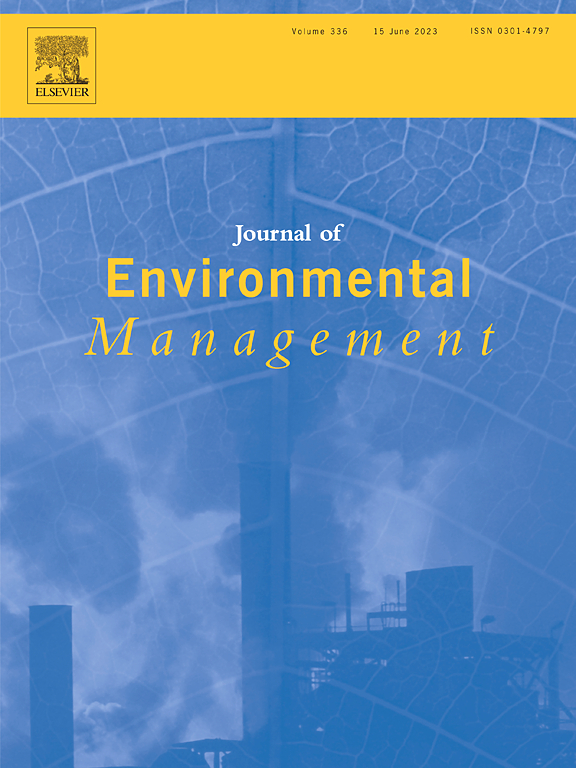Land degradation is one of the contemporary environmental challenges affecting regions inhabited by over one-third of the global population. In response to land degradation, restoration of degraded landscapes through area closure has been implemented through government and bilateral organizations for the last three decades in Ethiopia. Objectives of this study were to: i) explore the effects of landscape restoration on vegetation cover; ii) identify the perceived benefits to local communities; and 3) synthesize the lessons learnt on communities’ willingness to sustain the restored landscapes. The study was conducted in project-supported restoration areas including the Dimitu and Kelisa watersheds representing the central rift valley dry lands and the Gola Gagura watershed representing the eastern dry land areas around Dire Dawa. The temporal changes in land use and land cover due to area closure integrated with physical and biological soil and water conservation measures were detected using GIS/Remote sensing techniques. Moreover, eighty-eight rural households were interviewed. The results of the study revealed that landscape restoration activities such as area closure integrated with physical soil and water conservation, and planting of trees and shrubs contributed to the significant changes in land covers of the watersheds in 3–5 years. Hence, barren lands were reduced by 35–100% while there were significant increases in forest lands (15%), woody grasslands (247–785%), and bushlands (78–140%). More than 90% of the respondents in the Dimitu and Gola Gagura watersheds verified that the landscape restoration activities improved vegetation cover and ecosystem services, reduced erosion, and increased incomes. A great majority of farm households (63–100%) expressed their willingness to contribute to different forms of landscape restoration interventions. Encroachment of livestock to closed area, shortage of finance, and the growing number of wild animals in closed area were the perceived challenges. Proper planning and implementation of integrated interventions, creating local watershed user associations, ensuring appropriate benefit-sharing and implementing innovative pathways to reconcile the tradeoffs could be considered to scale up interventions and address potential conflicts of interest.
Towards sustainable watershed-based landscape restoration in degraded drylands: Perceived benefits and innovative pathways learnt from project-based interventions in Ethiopia
Citation: Wolka, K.; Biazin, B.; Getachew, F.; Girma, F.; Gessesse, G. D. 2023. Towards sustainable watershed-based landscape restoration in degraded drylands: Perceived benefits and innovative pathways learnt from project-based interventions in Ethiopia. Journal of Environmental Management. ISSN 1095-8630. 335.
2023-03-28
CLIMATE CHANGE, CLIMATE-SMART AGRICULTURE
journal_article

